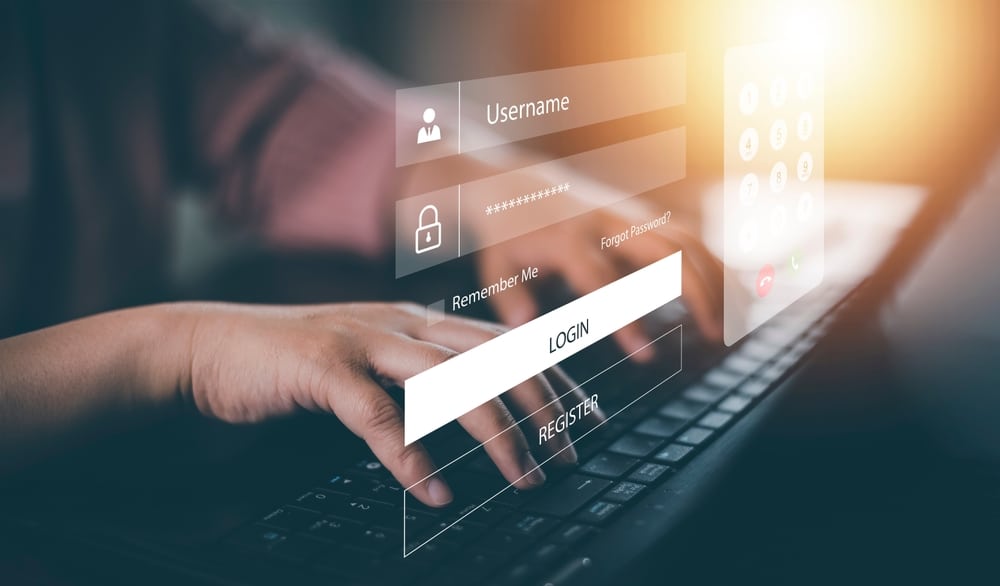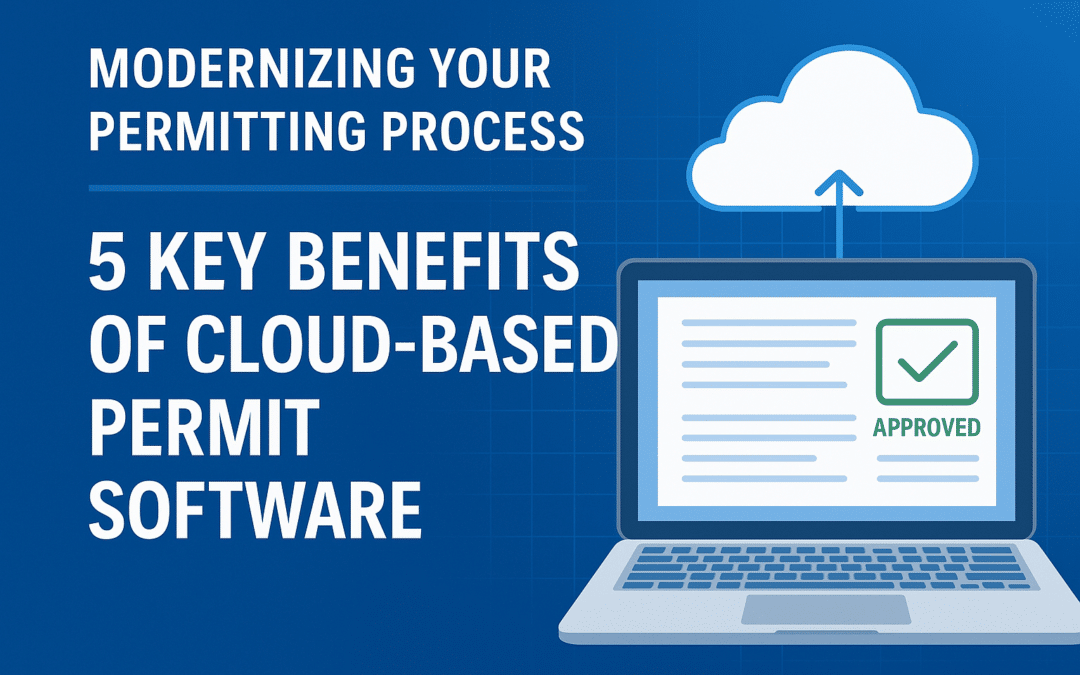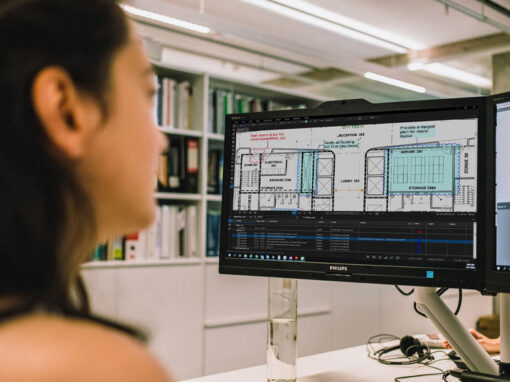Now more than ever before, we are seeing cities that are continually seeking ways to improve efficiency and reduce costs. One significant advancement in this endeavor is the adoption of electronic plan review software for processing permits. Switching from paper-based systems to digital tools can make the permitting process much smoother for cities. This change helps city officials work more efficiently and makes things easier for people applying for permits.
The Shift to Electronic Plan Review
Traditionally, obtaining permits involved submitting multiple copies of paper plans, which required manual distribution to various departments for review. This process was not only time-consuming but also prone to errors and miscommunication. Electronic plan review software addresses these challenges by allowing digital submission and simultaneous review of plans by all relevant departments.
Benefits of Electronic Plan Review Software
There are several benefits that come with using electronic plan review software. These include:
Increased Efficiency
With electronic plan review software, multiple reviewers can access and comment on plans at the same time, significantly reducing the time required for approvals. This parallel review process eliminates the bottlenecks often caused by sequential reviews, ensuring that projects move forward without unnecessary delays. Teams can easily track changes and updates in real time, improving collaboration and communication among stakeholders involved in the review process.
Cost Savings
By eliminating the need for physical copies, electronic plan review software dramatically reduces printing and storage costs. Municipalities and developers alike benefit from the savings, as there’s no longer a need to print large-format plans or store bulky documents. Furthermore, the streamlined review process can lead to faster project completions, reducing overhead costs and enabling developers to begin construction sooner, which ultimately benefits both the city and the developers.
Enhanced Accuracy
Digital tools allow for precise measurements, annotations, and markups, minimizing the risk of errors that can occur with manual methods. The software can also include built-in validation checks that ensure compliance with specific codes and standards, reducing the likelihood of overlooked details. This enhanced accuracy ensures that all stakeholders, from city staff to developers, have a clear and consistent understanding of the project requirements, avoiding miscommunications that may lead to costly mistakes later.
Improved Accessibility
Electronic submissions can be made at any time, offering flexibility for applicants, especially those managing busy schedules or working in different time zones. City staff can also access plans remotely, facilitating reviews outside of traditional office hours when necessary. This improved accessibility makes it easier for reviewers and applicants to stay on track with tight deadlines and ensures that all parties have uninterrupted access to the materials they need.
Environmental Benefits
Reducing paper usage aligns with sustainability goals by significantly decreasing the environmental footprint associated with printing and storing large plan sets. Using electronic plan review software over time can save thousands of sheets of paper, making the process more eco-friendly and reducing waste. Not only does this help organizations meet their environmental responsibility targets, but it also appeals to eco-conscious developers and stakeholders who value sustainable practices.
By adopting electronic plan review software, cities and organizations can enjoy a more streamlined, cost-effective, and environmentally friendly approach to project reviews, benefiting both internal teams and external collaborators.

Considerations for Implementation
While the advantages are clear, cities must carefully plan the transition to electronic plan review systems to ensure a seamless and successful implementation:
Infrastructure Requirements
Making sure both city staff and applicants have the right technology and a reliable internet connection is key to a smooth switch to digital systems. To make this transition successful, cities might need to upgrade their IT systems, expand high-speed internet access in areas that need it, and ensure the software works on different devices and operating systems. Without these essentials, switching to electronic plan review systems could be much more challenging.
Training and Support
Providing comprehensive training for city staff and clear, user-friendly guidance for applicants is essential to facilitate the adoption of the new system. City staff should get thorough training on how to use the software properly, fix common problems, and help applicants when needed. Additionally, creating online tutorials, FAQs, and dedicated support channels for applicants will reduce confusion and minimize potential frustrations during the transition.
Integration with Existing Systems
The electronic plan review software should seamlessly integrate with current permitting, licensing, and record-keeping systems to ensure consistency and accuracy across all platforms. This integration will allow for centralized data management, reduce the risk of errors, and eliminate the need for duplicate data entry. Cities should also consider how the new system will interact with other digital tools, such as GIS mapping or project tracking software, to enhance overall functionality.
The move towards electronic plan review software represents a significant step forward in modernizing municipal permitting processes. By embracing these digital solutions, cities can enhance operational efficiency, reduce costs, and streamline workflows for both staff and applicants. In addition to these benefits, electronic systems can also improve transparency, as applicants can track the progress of their submissions in real time, fostering greater trust in the permitting process.
The Future of Paperless Permitting
As more cities adopt electronic plan review software, the permitting process will continue to evolve. Advancements in artificial intelligence and automation will further enhance the speed and accuracy of plan reviews. Additionally, integration with other digital tools, such as GIS mapping and cloud-based storage, will provide even greater efficiency and accessibility.
By embracing these innovations, municipalities can improve customer satisfaction, reduce administrative burdens, and support economic growth. The transition to digital permitting is not just a trend—it is the future of city planning and development.
Contact Us Today
At GeoCivix, we specialize in helping cities streamline their operations by transitioning to electronic plan review systems. Our team of experienced professionals is dedicated to delivering customized solutions that address the specific challenges and requirements of each municipality. With electronic plan review systems, cities can improve efficiency, reduce paperwork, and accelerate the permitting process, ultimately benefiting both staff and the community. To learn more about how we can support your city’s move to digital permitting and enhance your workflow, contact GeoCivix at (844) 848-8667 to request a demo. Let us help you modernize your city’s processes today!











